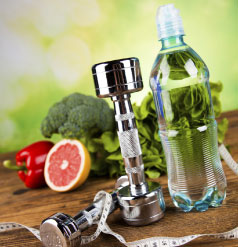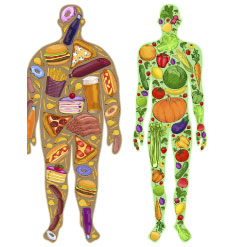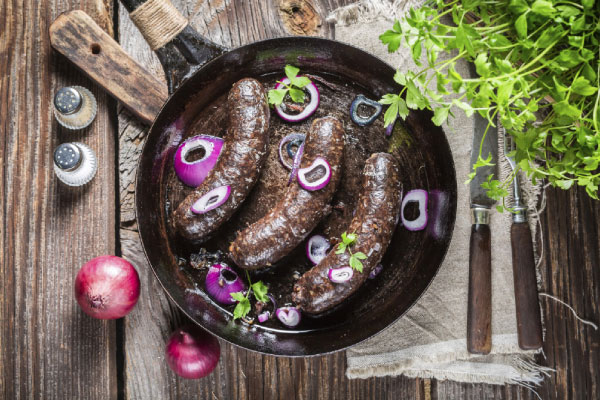Over the past few years we’ve been bombarded with lists of, so called, superfoods whose health benefits have been extolled. But what is a superfood and what’s next on the list? In the second part of our three-month fitness focus, Liz O’Reilly itakes a look at the store cupboard must-haves for 2016.
The term superfood, a bit like supermodel, is bandied about quite regularly but what exactly are superfoods? According to livescience.com, they are foods, mostly plant-based but also some dairy and fish, thought to be nutritionally dense, nutrient rich and, thus, considered to be beneficial to health.
In the past few years we’ve been instructed to eat avocados, blueberries and virtually everything coconut, whether we’re drinking the water, eating the flesh, spooning the oil into our food or rubbing it onto our skin and hair. And, to be honest, the idea that any of these things would be good for us is not all that suprising.
But sometimes new additions to the list come as a bit of a shock such as black pudding, the much-loved British blood sausage, without which no ‘Full English’ would be complete.
 Apparently the humble sausage is rich in protein, potassium, calcium, magnesium, iron and zinc as well as being practically carb free. It’s just typical that the one ‘healthy’ ingredient on that oh-so-sinful breakfast plate is the one I usually leave on the side, but maybe in the future I’ll try and stomach just a little of the rich pud for its health benefits.
Apparently the humble sausage is rich in protein, potassium, calcium, magnesium, iron and zinc as well as being practically carb free. It’s just typical that the one ‘healthy’ ingredient on that oh-so-sinful breakfast plate is the one I usually leave on the side, but maybe in the future I’ll try and stomach just a little of the rich pud for its health benefits.
And then there’s bone broth! Yep, sounds pretty unpleasant but some experts swear by it for its combination of protein, calcium, phosphorous, magnesium, sodium and potassium as well as collagen and gelatin – both of which are lauded by anti-aging experts. You can make it by simmering bones, veggies and herbs for six to 12 hours. Some drink it for breakfast to get the day off to a healthy start but if you haven’t got the stomach for that, try using it as the base for a soup.
The UK’s Glamour magazine predicts that 2016 will be the year of the Brussels sprout. These little green bundles of goodness are packed with vitamin B and glucosinolates that protect our DNA from damage, as well as vitamin K, vitamin C, folic acid, calcium and magnesium. Brussels are a bit like Marmite, they provoke a strong reaction and people seem to either love them or hate them. I’m a big fan and, for anyone who’s not keen, I’d say try them sautéed with a bit of bacon and onion – yum.
 Another rather odd one is Betonite Clay. Yes, you read that right, some sources are now suggesting we should eat mud (though, to be fair, some have been consuming diatomaceous earth for years). According to bodyandsoul.com.au the clay is praised for its cleansing and detoxifying qualities, it’s “highly absorbent, negatively charged and beneficial both internally and externally”. However, made from volcanic ash, there are those who caution against its use claiming mineral levels could be potentially toxic.
Another rather odd one is Betonite Clay. Yes, you read that right, some sources are now suggesting we should eat mud (though, to be fair, some have been consuming diatomaceous earth for years). According to bodyandsoul.com.au the clay is praised for its cleansing and detoxifying qualities, it’s “highly absorbent, negatively charged and beneficial both internally and externally”. However, made from volcanic ash, there are those who caution against its use claiming mineral levels could be potentially toxic.
And that brings us to an important consideration when looking at superfoods. There is no official classification for these trends; they’re hardly, if at all, recognised by nutritionists and, a bit like fad diets, they are often not all they’re cracked up to be.
At the end of the day, if you eat a balanced diet, with a few treats along the way, take some exercise and get enough sleep and hydration, you’ll be doing fine.





































